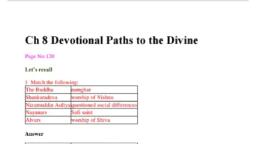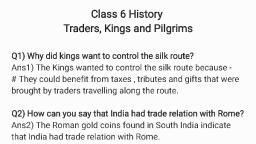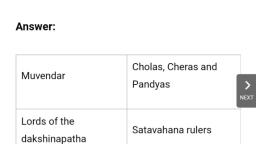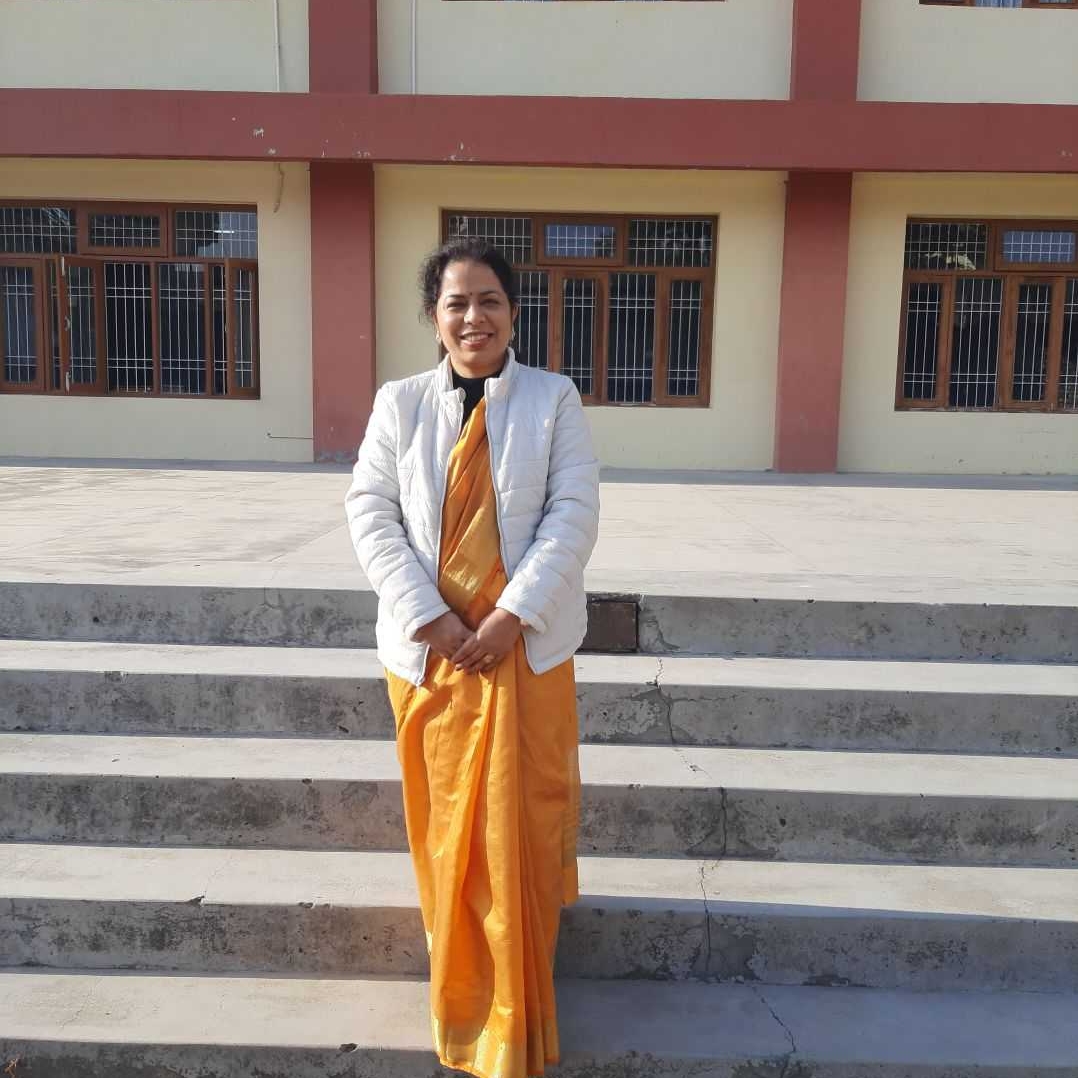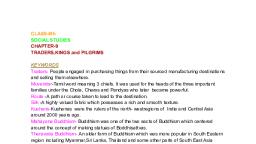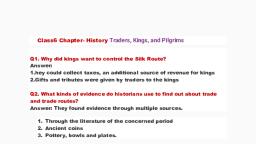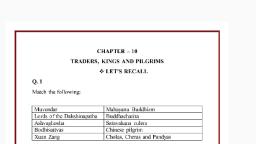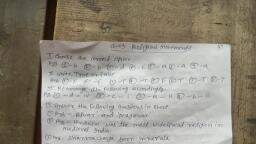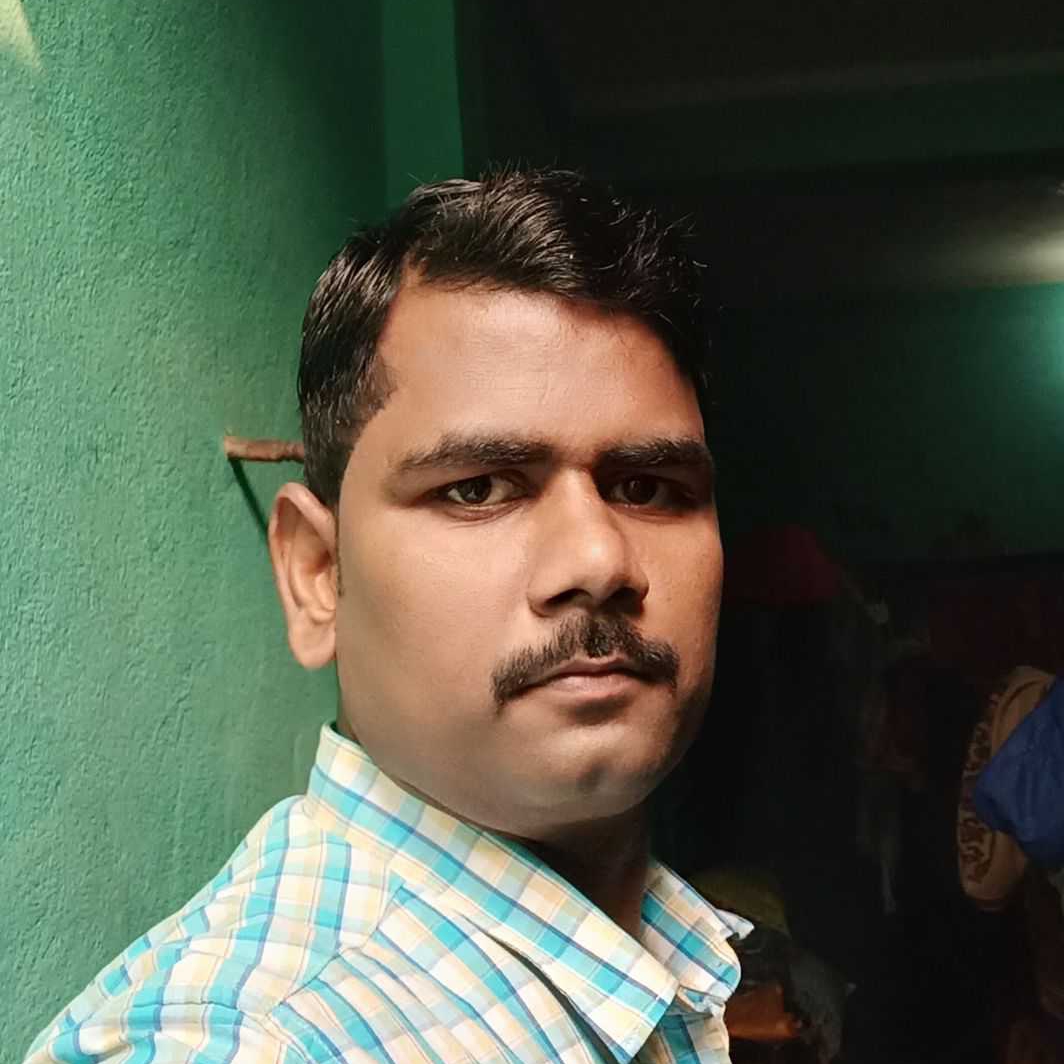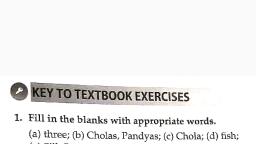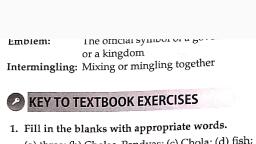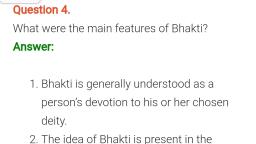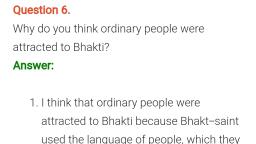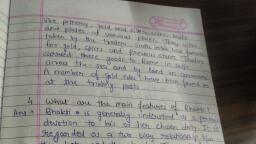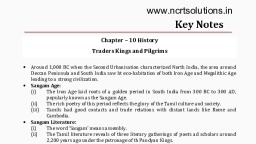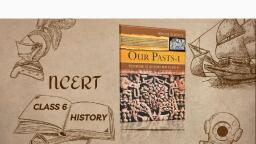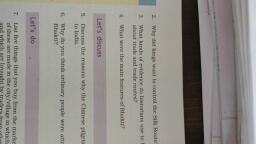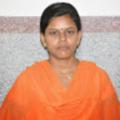Page 1 :
CBSE Class -VI Solcial Science, NCERT Solutions, , History Chapter 10, TRADERS, KINGS AND PILGRIMS, , Question 1. Match the following :, , , , , , , , , , , , Answer., (1) Muvendar Cholas, Cheras and Pandyas, (2) Lords of the dakshinapatha | Satavahana, (3) Ashvaghosha Buddhacharita, (4) Boddhisattvas Mahayana Buddishm., (5) Xuan Zang Chinese pilgrim, , , , , , , , , , Question 2, Why did the kings want to control the silk route?, , Answer, The land route used by traders to carry Chinese products especially silk to Western, Asia was known as the silk route.Some Indian kings who had their kingdom adjacent to the, silk route want to control the silk route because they could benefit from the taxes, tributes, and gifts that were brought by traders travelling along the route., , Question 3. What kind of evidence do historians use to find out about trade and trade, routes?, , Answer. India established trade links with distant lands -West,Roman empire,Central, Asia,China etc. Archaeologists have found the remains of non-Indian origin merchandise like, pottery, gold and silver coins, bowls and plates at various places. They were taken by the, traders. South India was famous for gold, spices and precious stones. Traders carried these, goods to Rome in ships across the sea and by land in caravans. A number of gold coins have, been found at the trading posts., , Question 4, What are the main features of Bhakti?, Answer.Bhakti is generally understood as a person's devotion to his or her chosen deity_It is
Page 2 :
regarded as a two way relationship between the deity and the devotee. The main features of, Bhakti are:, , 1. Bhakti emphasised devotion and indivdual worship of a god or goddess rather than, performance of elaborate sacrifices., , 2. According to this system of belief, if a devotee worship the chosen deity with a pure heart,, the deity will appear in the from in which he or she may desire., , Question 5. Discuss the reasons why the Chinese pilgrims came to India?, Answer.Pilgrims are men and women who undertake journeys to holy places in order to, offer worship. The best known of these are the Chinese Buddhist pilgrims like Fa- Xian, Xuan-Zang and I-Qing .They came to visit places associated with the life of Buddha as well, as the famous monasteries. They also spent time studying in the monasteries. Xuan-Zang and, other pilgrims spent time studying in Nalanda (Bihar),, , Question 6. Why do you think ordinary people were attracted to Bhakti?, Answer. Ordinary people were attracted to Bhakti because it was a devotion to a particular, , deity, e.g. Shiva, Vishnu, Durga etc. The people did not need to perform elaborate temple or, religious ceremonies,, , Question 7. List five things that you buy from the market. Which of these are made in, the city/village in which you live,and which are brought by traders from other areas., Answer. I buy following things from the market., , (a) Food grains -—------------- grown in the villages., , (b) Vegetable-------------in the nearby areas and also from villages., , (c) Readymade garments-------made in the cities., , (d) Exercise note books and stationery goods-----made in the cities., , (e) Electronic toys and mobile phones-~-- made in the cities., , Question 8.There are several major pilgrimages performed by people in India today., Pind out about anyone of them, and write a short description. (Hint: Who can go on the, , pilgrimage- men women or children? How long does it take? How do people travel?, What do they take with them? What do they do when they reach the holy place? Do they
Page 3 :
(ii) Those teachings favoured the upper caste people and lower caste people suffered., , (iii) The idea that all human beings are not equal were prevailing in the society and must be, abolished., , (iv) They believed in equality of God and want to break the evils of the society., , (v) Bondage can be broken if approached God with devotion., , 7. What were the major teachings of Baba Guru Nanak?, Answer, , Major teachings of Baba Guru Nanak:, , (®) He emphasized the importance of the worship of one God., , (ii) He insisted that caste, creed or gender was irrelevant for attaining liberation., , (iii) The idea of liberation was not that of a state of inert bliss but rather the pursuit of active life, with a strong sense of social commitment., , (iv) He used the terms nam, dan and isnan for the essence of his teaching, which actually meant, right worship, welfare of others and purity of conduct., , (v) He underlined the importance of right belief and worship, honest living, and helping others.
